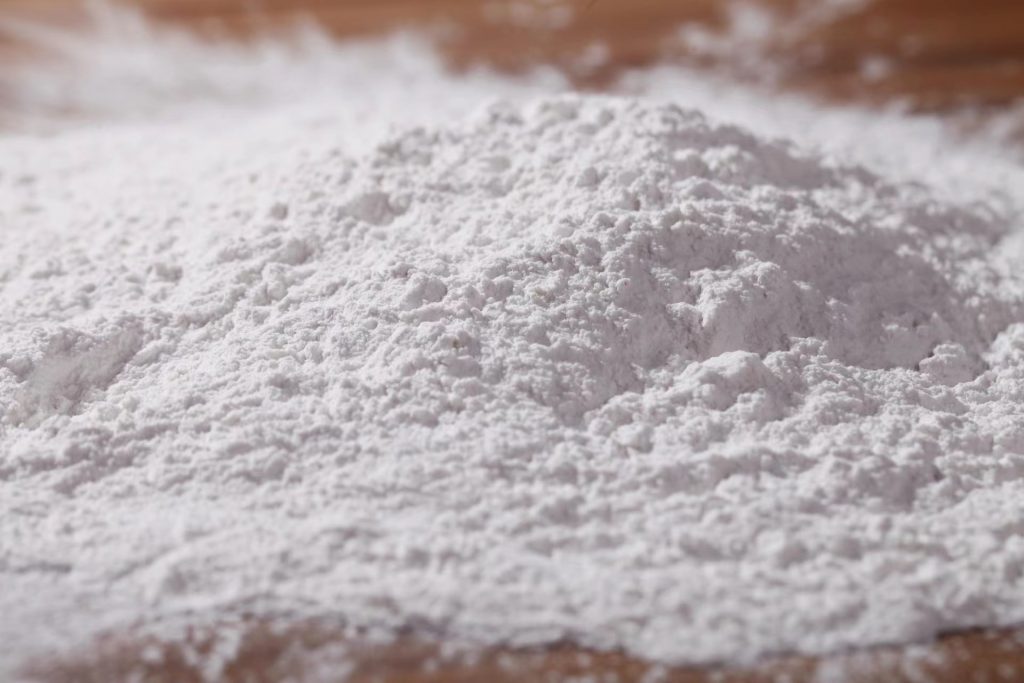
Carboxymethyl cellulose (CMC), also known as cellulose gum, is a modified cellulose polymer that serves as a multifunctional ingredient across food, pharmaceutical, and industrial applications. As a water-soluble derivative of natural cellulose, CMC offers unique thickening, stabilizing, and binding properties while maintaining excellent safety profiles. Its applications span from improving the texture and stability of food products to enhancing the performance of pharmaceutical formulations and industrial processes.
CMC is synthesized through a two-step alkali-catalyzed reaction. The process begins with the conversion of natural cellulose into alkali cellulose, followed by etherification with chloroacetic acid to introduce carboxymethyl groups.
The degree of substitution (DS) typically ranges from 0.6-1.0 for food-grade products, which affects its solubility, viscosity, and other properties. Qingdao ACTA Biotechnology produces both technical (60% purity) and purified (99.5%+) grades through advanced spray-drying processes, ensuring consistent quality and performance.
Key Functional Properties
CMC’s versatility arises from several key functional properties:
CMC is widely used in the food industry for its thickening, stabilizing, and texturizing properties. Its applications include:
Dairy Products:
• Ice cream (0.1-0.3%): Improves texture and mouthfeel, prevents ice crystal formation, and enhances melt resistance.
• Yogurt (0.2-0.5%): Provides smooth texture and prevents syneresis (whey separation).
• Cheese sauces (0.3-0.8%): Enhances viscosity and stability, ensuring uniform consistency.
Bakery:
• Gluten-free bread (0.5-1%): Improves dough structure and moisture retention, resulting in softer, more elastic bread.
• Cake batters (0.1-0.3%): Provides better volume and texture, reducing crumbling.
• Fillings (0.2-0.6%): Enhances stability and prevents separation.
Processed Foods:
• Meat analogs (0.5-2%): Improves texture and binding properties, making plant-based meats more palatable.
• Low-fat dressings (0.3-0.7%): Provides creaminess and stability without the need for high-fat ingredients.
• Instant noodles (0.1-0.4%): Enhances noodle texture and reduces cooking loss.
Beverages:
• Protein drinks (0.05-0.2%): Prevents protein precipitation and improves mouthfeel.
• Juice suspensions (0.1-0.3%): Keeps fruit particles evenly distributed, enhancing visual appeal.
• Flavored waters (0.01-0.1%): Provides a smooth texture and helps maintain flavor dispersion.
Pharmaceutical Uses
CMC’s properties make it valuable in pharmaceutical formulations:
CMC is also used in various industrial applications:
Conclusion
Carboxymethyl cellulose (CMC) is a versatile ingredient with a wide range of applications in the food, pharmaceutical, and industrial sectors. Its unique properties, including water solubility, pH stability, pseudoplastic rheology, and film-forming ability, make it an invaluable tool for enhancing product performance and quality. As technology advances, the potential applications of CMC continue to expand, solidifying its position as a key ingredient in modern formulations.
1.Silva, L.S.; Lima, L.C.B.; Silva, F.C.; Matos, J.M.E.; Santos, M.R.M.C.; Santos Júnior, L.S.; Sousa, K.S.; da Silva Filho, E.C. Dye anionic sorption in aqueous solution onto a cellulose surface chemically modified with aminoethanethiol. Chem. Eng. J.2013, 218, 89–98. [Google Scholar] [CrossRef]